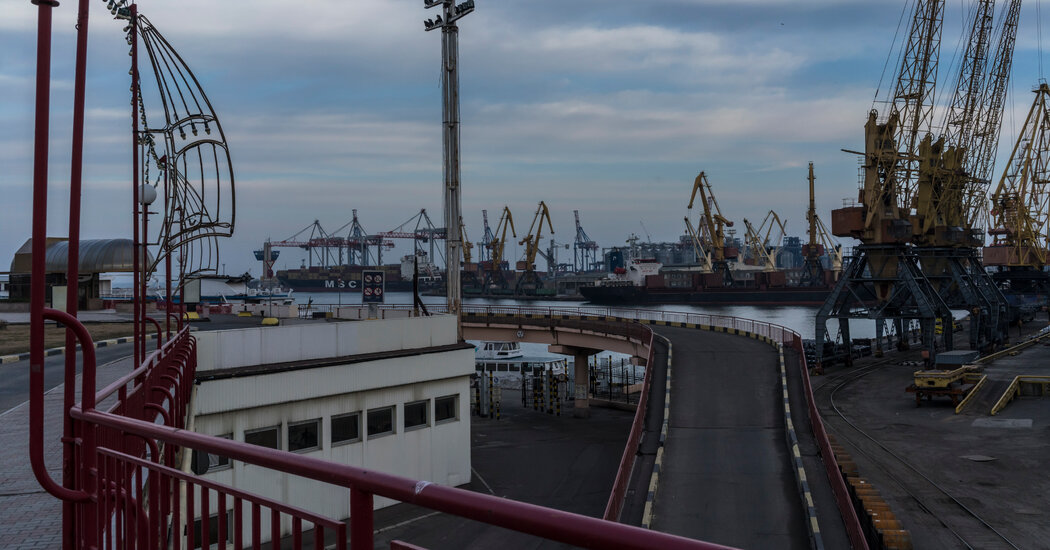That means an invasion can have a dual effect: slowing economic activity and raising prices.
In the United States, the Federal Reserve is already facing its highest inflation rate in 40 years, at 7.5 percent in January, and is expected to start raising interest rates next month. Higher energy prices as a result of conflict in Europe may be temporary, but they could fuel concerns about a wage-price spiral.
“We could see another burst of inflation,” said Christopher Miller, a visiting fellow at the American Enterprise Institute and an assistant professor at Tufts University.
Inflation fears are also fueled by potential shortages of essential metals such as palladium, aluminum and nickel, further disrupting global supply chains already affected by the pandemic, truck blockages in Canada and semiconductor shortages.
The price of palladium, for example used in car exhaust systems, mobile phones and even dental fillings, has surged in recent weeks amid fears that Russia, the world’s largest exporter of the metal, could be cut off from global markets. The price of nickel, which is used to make steel and batteries for electric cars, has also risen.
It is too early to measure the precise impact of armed conflict, said Lars Stenqvist, the chief technology officer of Volvo, the Swedish truck manufacturer. But he added: “It is a very, very serious matter.”
“We have a number of scenarios on the table and we are monitoring the developments of the situation day by day,” Mr Stenqvist said on Monday.†
The West has taken steps to mitigate the impact on Europe if Mr Putin decides to retaliate. The United States has ramped up supplies of liquefied natural gas and has asked other suppliers such as Qatar to do the same.

